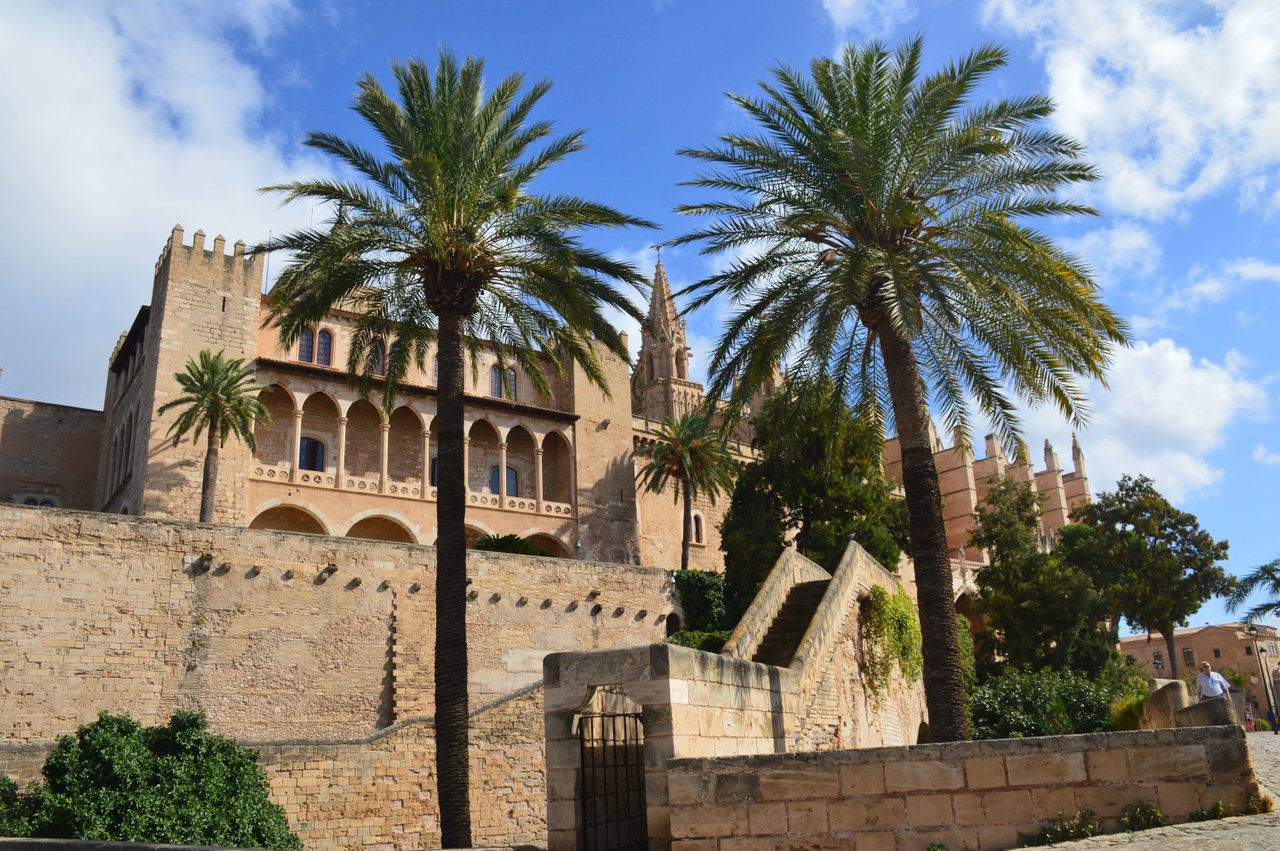
Palma de Mallorca, the main city of the island of Mallorca and capital of the Spanish Balearic archipelago, is a highly sought after tourist destination all year round by travelers from all over Europe.
The reasons are different. Certainly an important factor is the mild and temperate climate for most of the months of the year: the average temperature is around 18° and this, especially for travelers from Northern Europe, always sun bulimic, is certainly a reason very good for moving.
Reaching Palma de Mallorca is not at all complex. An air transport system that, as an islander, I have no hesitation in defining as crazy. Just think that on the same day I left, in mid-October, 55 flights landed at Cagliari airport, and 360 in Palma de Mallorca.
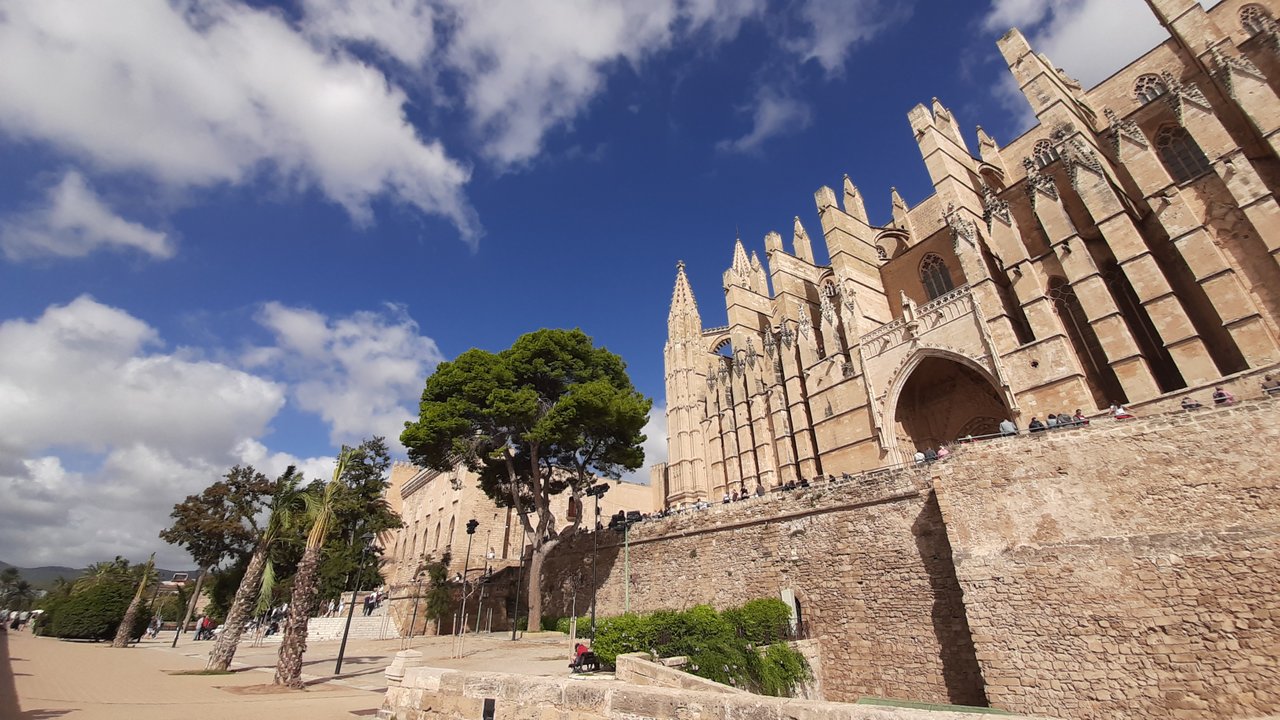
This is to highlight how well-organised air transport makes it possible to eliminate almost all the difficulties of mobility and territorial continuity of those who live on an island. Efficient air transport today is able to reduce this structural deficit with clear repercussions on the local economy and on the lives of citizens in general. For us Sardinians, a chimera...still in 2023.
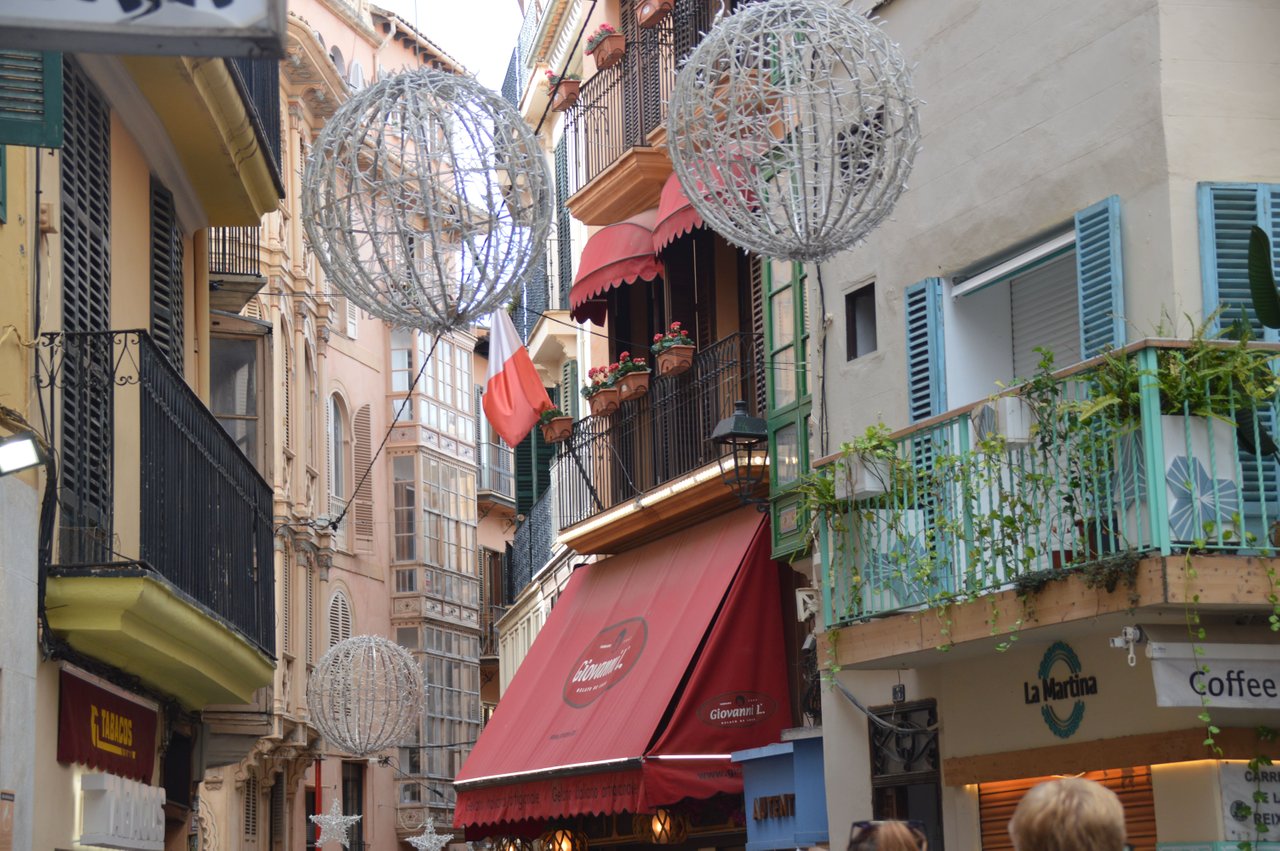
But Palma de Mallorca, in order to accommodate this quantity of travellers, has also been able to organize its internal transport infrastructure in a very efficient manner.
The airport is huge, the third after those of Madrid and Barcelona, but excellently connected to the city of Palma at all hours by a bus system (5 euros for the ticket and 20 minutes of time to reach it), or with Taxis which, always present in large numbers, ensure the service for 20/25 euros.
An efficient bus transport system, departing from the modern intermodal center of Piazza di Spagna, allows you to reach all the places on the island very easily.
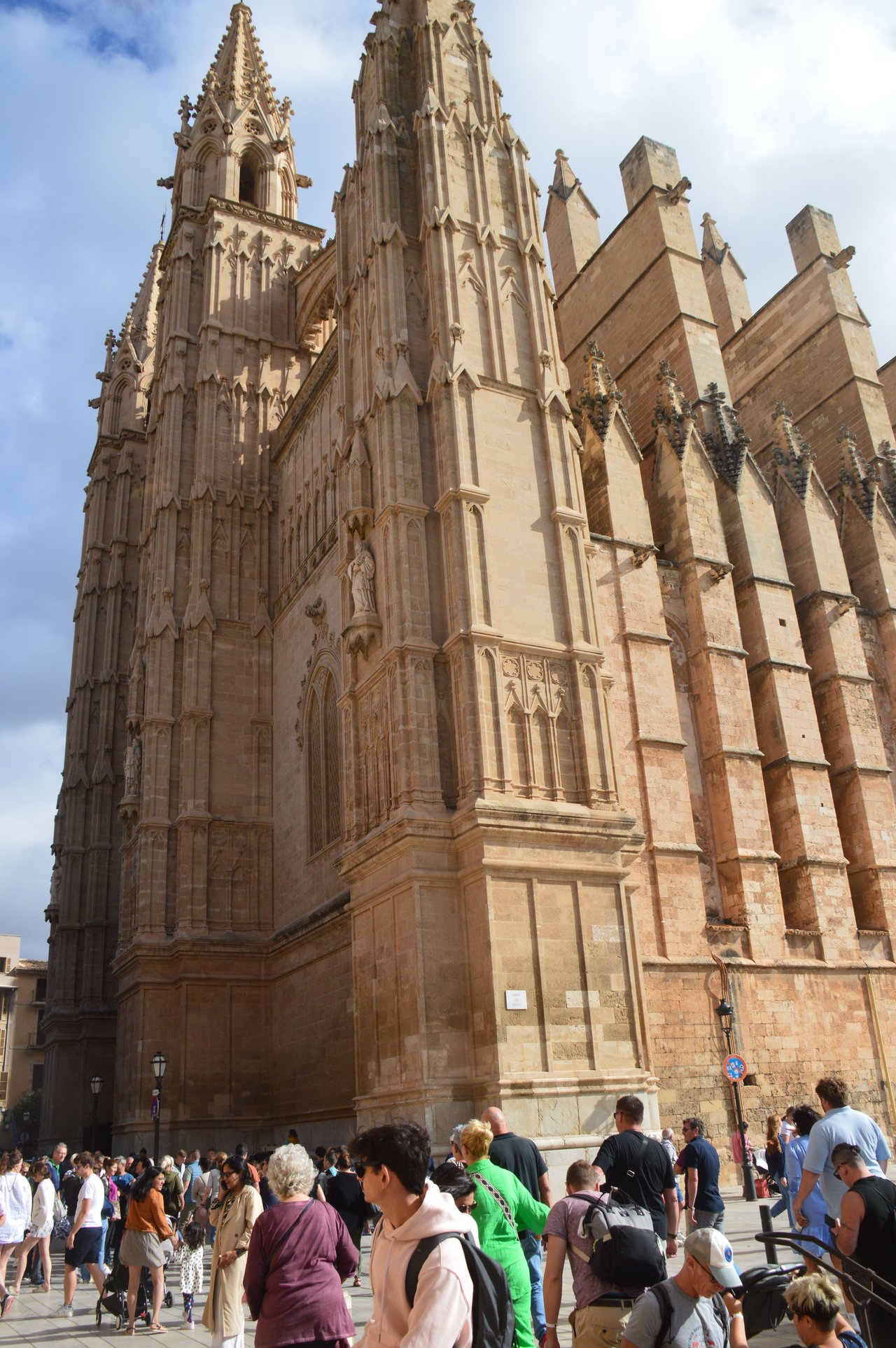
The ticket on the bus can be purchased with a credit card (without having to register first on a local site to buy it) and an excellent site is structured to identify lines, transport, prices and timetables.
The reception system (hotels etc...) is a bit vintage and, I must say, not very cheap. The Majorcans can afford it considering the high demand and the important numbers they record every season.
But with a targeted search that goes directly on the hotel websites and NOT on OTAs like Booking you can save a good 30% on the price of the room.
To eat, the prices are for all budgets and, obviously, you will always find some good trattoria or restaurant where you can eat traditional food. However, fast and homogenizing food offers are obviously present and predominant.
In short, over tourism also leaves its unmistakable signs of homologation in Menorca for some time.
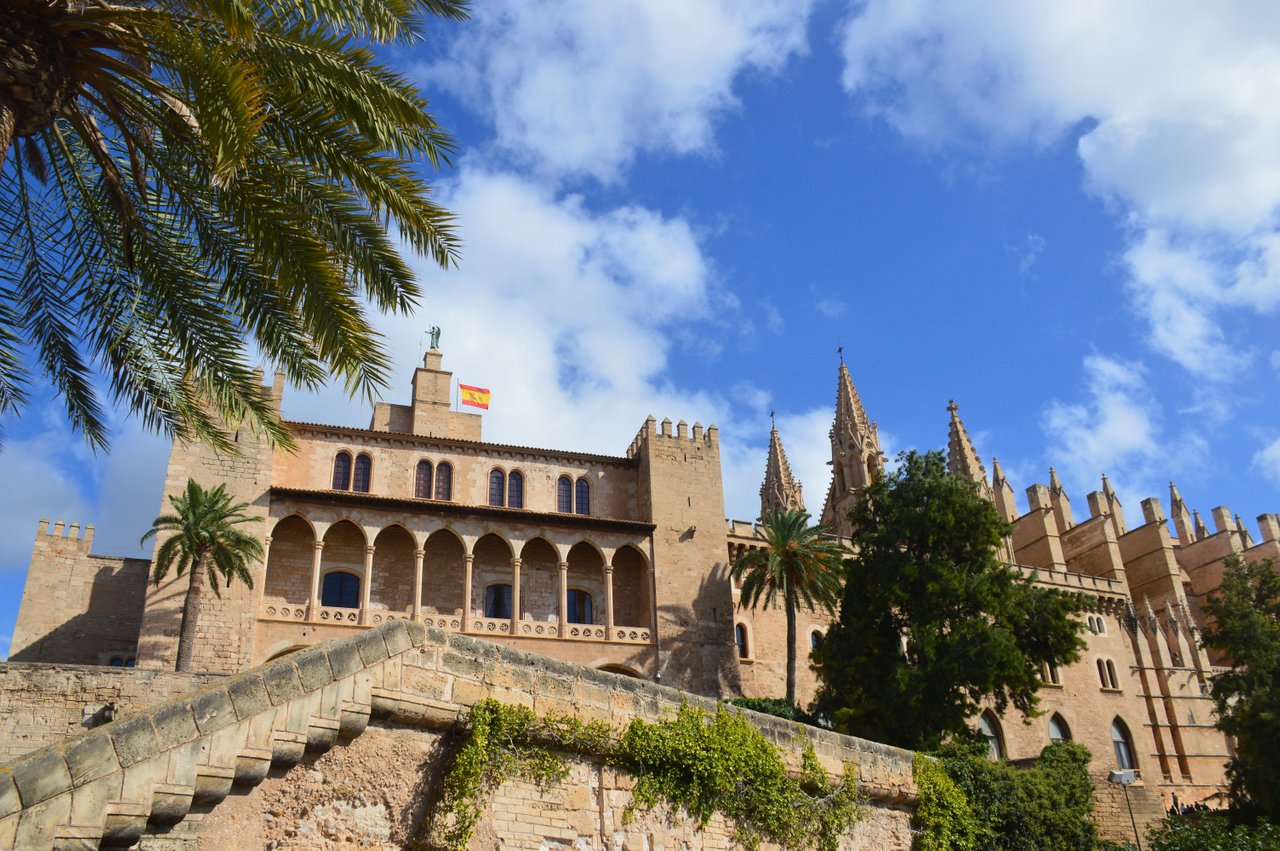
Having said that, Palma is always a good destination which, with a little experience and some slalom, ensures some great experiences even if you stay for a few days.
Palma, in addition to having a beautiful historic center with an amazing church, the Cathedral of Santa Maria di Palma, also called La Seu, which unmistakably characterizes the city's seafront.
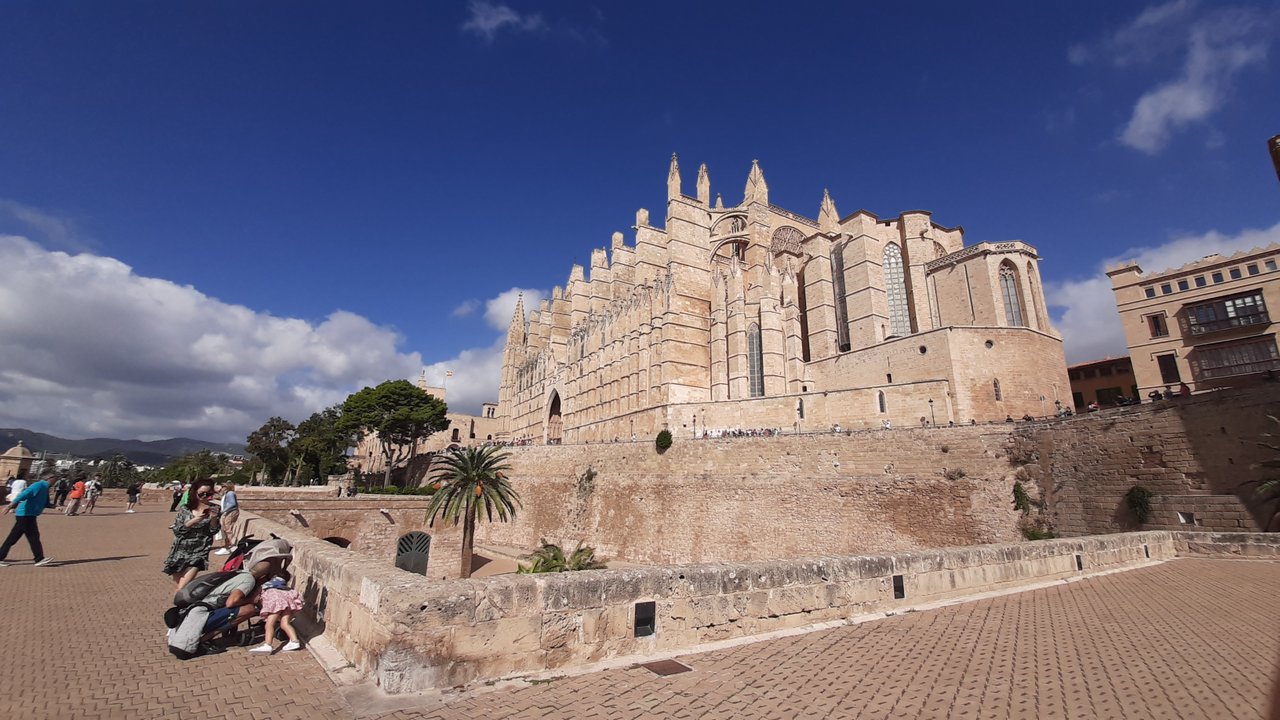
Completing this point of very high historical and artistic interest, next to the Cathedral is the Palazzo de l'Almudaina, which is located right in front of the cathedral and which welcomes the royal family when they visit the island.
But Palma is an excellent starting point for excursions that can also be done in a day and which take you to discover the historic centers of this island which are considered among the most beautiful in Spain.
I will tell you about my excursions to Soller and Valdemossa.
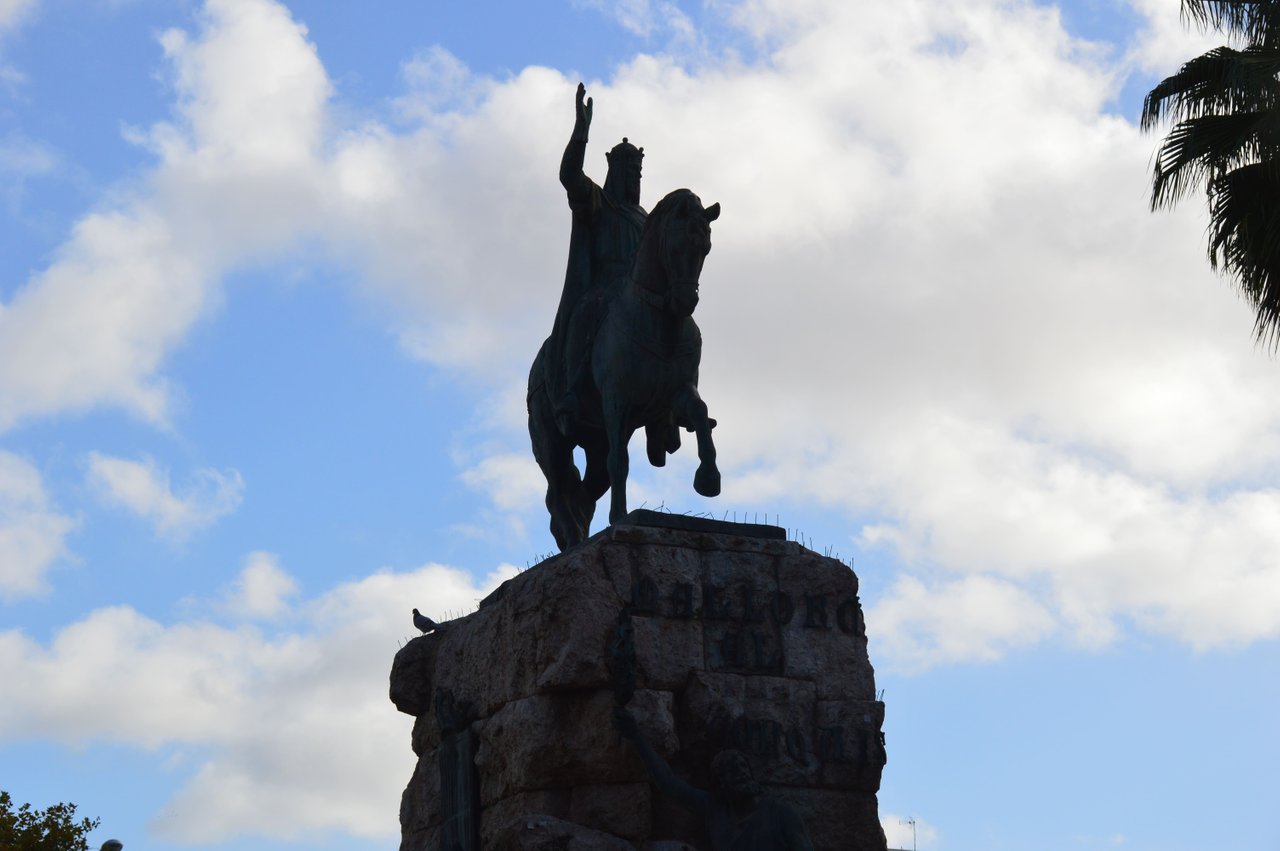
Tre giorni a Palma di Maiorca.
Palma di Maiorca, principale città dell’isola di Maiorca e capitale dell’arcipelago spagnolo delle Baleari, è una meta turistica molto ricercata tutto l’anno dai viaggiatori di tutta Europa.
Le ragioni sono diverse. Sicuramente un fattore importante è il clima mite e temperato per la maggior parte dei mesi dell’anno: la temperatura media è di circa 18 ° e questo, soprattutto per i per i viaggiatori del nord Europa, sempre bulimici di sole, è sicuramente una ragione molto valida per spostarsi.
Raggiungere Palma di Maiorca non è per nulla complesso. Un sistema di trasporto aereo che, da isolana, non esito a definire pazzesco. Pensate che lo stesso giorno che sono partita, a metà Ottobre, all’aeroporto di Cagliari atterravano 55 voli , a Palma di Maiorca ben 360.
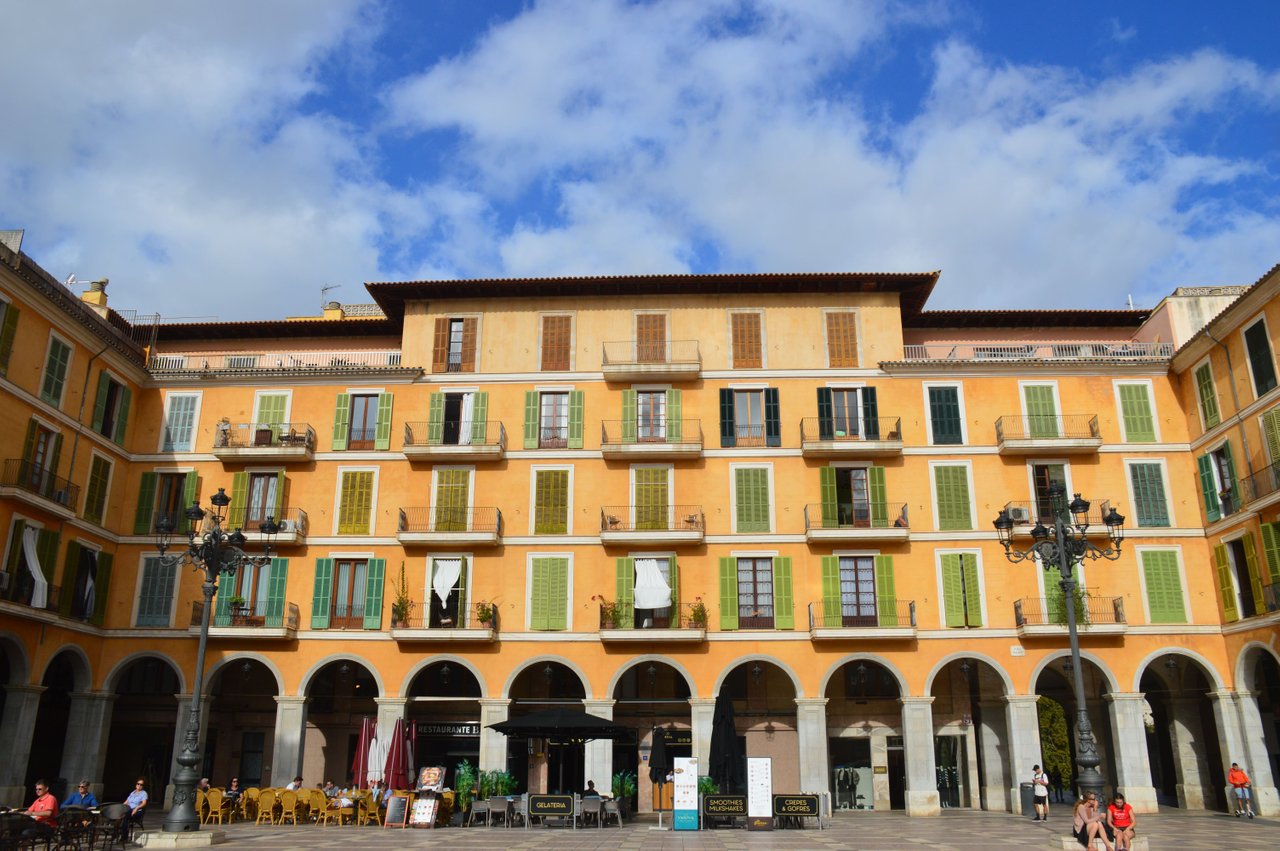
Questo per evidenziare come, un trasporto aereo ben organizzato, consenta di annullare quasi del tutto le difficoltà di mobilità e di continuità territoriale di chi vive in un’isola. Un efficiente trasporto aereo oggi è in grado di ridurre questo deficit strutturale con evidenti ripercussioni sull’economia locale e in generale sulla vita dei cittadini. Per noi Sardi, una chimera…ancora nel 2023.
Ma Palma di Maiorca, al fine di accogliere questa quantità di viaggiatori, ha saputo organizzare anche le sue infrastrutture di trasporto interno in maniera molto efficiente.
L’aeroporto è enorme, il terzo dopo quello di Madrid e Barcellona, ma ottimamente collegato con la città di Palma a tutte le ore da un sistema di autobus ( 5 euro il biglietto e 20 minuti di tempo per raggiungerlo) , oppure con i Taxi che, sempre presenti in massa, con 20/25 euro assicurano il servizio.
Un efficiente sistema di trasporti in autobus, con partenza dal moderno centro intermodale di Piazza di Spagna, consentono di raggiungere tutte le località dell’isola molto facilmente.
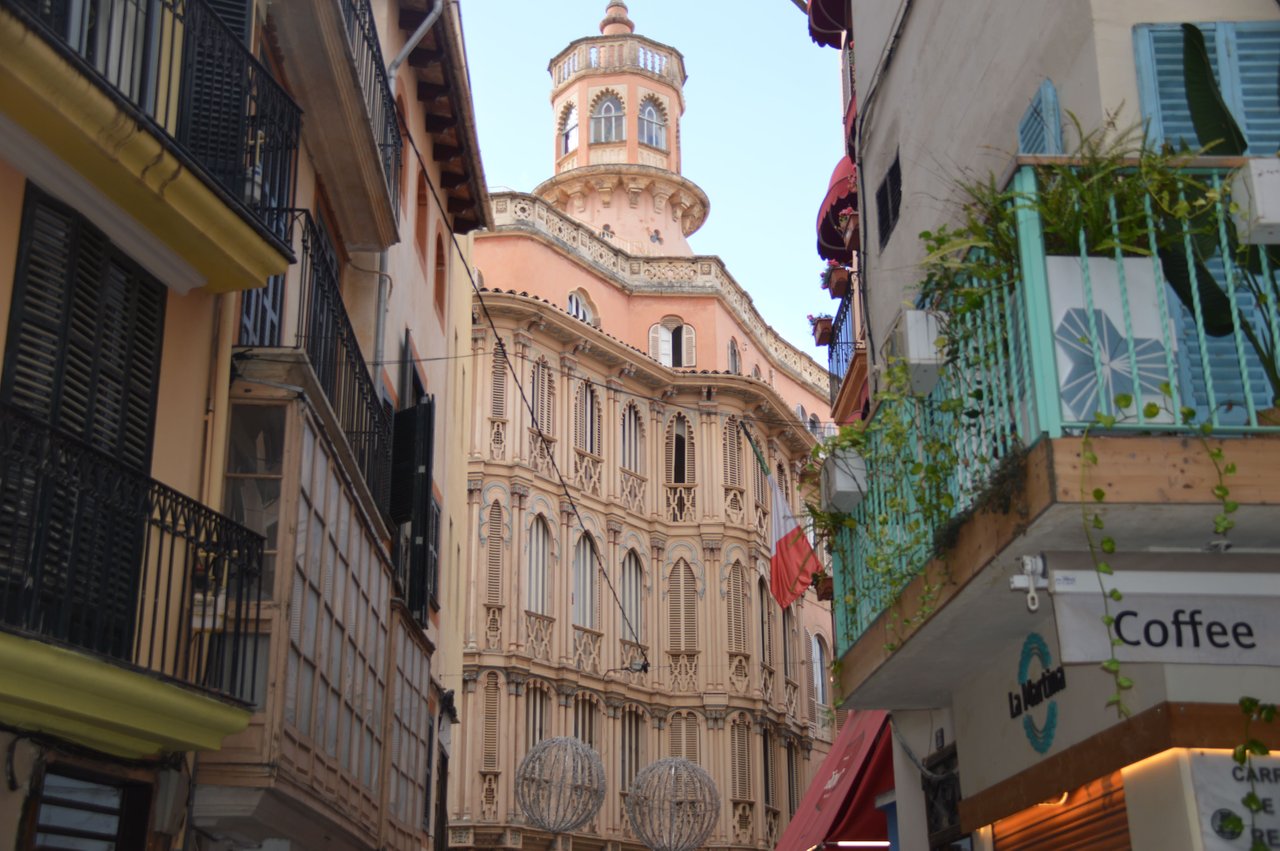
Il biglietto sul bus lo si può fare con carta di credito, ( senza nessun stess di accreditarsi prima su un sito locale per comprarlo) e un ottimo sito è strutturato per individuare linee, trasporti, prezzi e orari.
Il sistema di accoglienza (alberghi etc…) è un poco diciamo vintage e, devo dire non proprio molto economico. I Maiorchini possono permetterselo considerata l’alta richiesta e i numeri importanti che registrano in ogni stagione.
Ma con una ricerca mirata e che passa direttamente sui siti degli alberghi e NON sulle OTA come Booking potete risparmiare anche un buon 30% sul prezzo della camera.
Per mangiare, i prezzi sono per tutte le tasche e, ovviamente, trovate sempre qualche buona trattoria o ristorante dove mangiare tradizionale . Le offerte del food veloce e omologante sono però ovviamente presenti e predominanti.
Insomma l’over tourism anche a Minorca lascia, e da tempo, i suoi segni inconfondibili di omologazione.
Detto ciò Palma è sempre una buona meta che, con un poco di esperienza e qualche slalom, assicura delle belle esperienze anche se vi fermate qualche giorno.
Palma , oltre ad avere un bel centro storico con una chiesa strepitosa, La Cattedrale di Santa Maria di Palma, detta anche La Seu, che connota in maniera inconfondibile il lungomare della città.

Completa questo punto di altissimo interesse storico artistico, a fianco della Cattedrale c'è il Palazzo de l'Almudaina, che si trova proprio di fronte alla cattedrale e che accoglie la famiglia reale quando è in visita nell'isola.
Ma Palma è un ottimo punto di partenza per le escursioni che si possono fare anche in giornata e che vi portano a scoprire i centri storici di questa Isola che sono considerati tra i più belli della Spagna.
Vi racconterò le mie escursioni a Soller e Valdemossa.
Grazie per aver letto.
